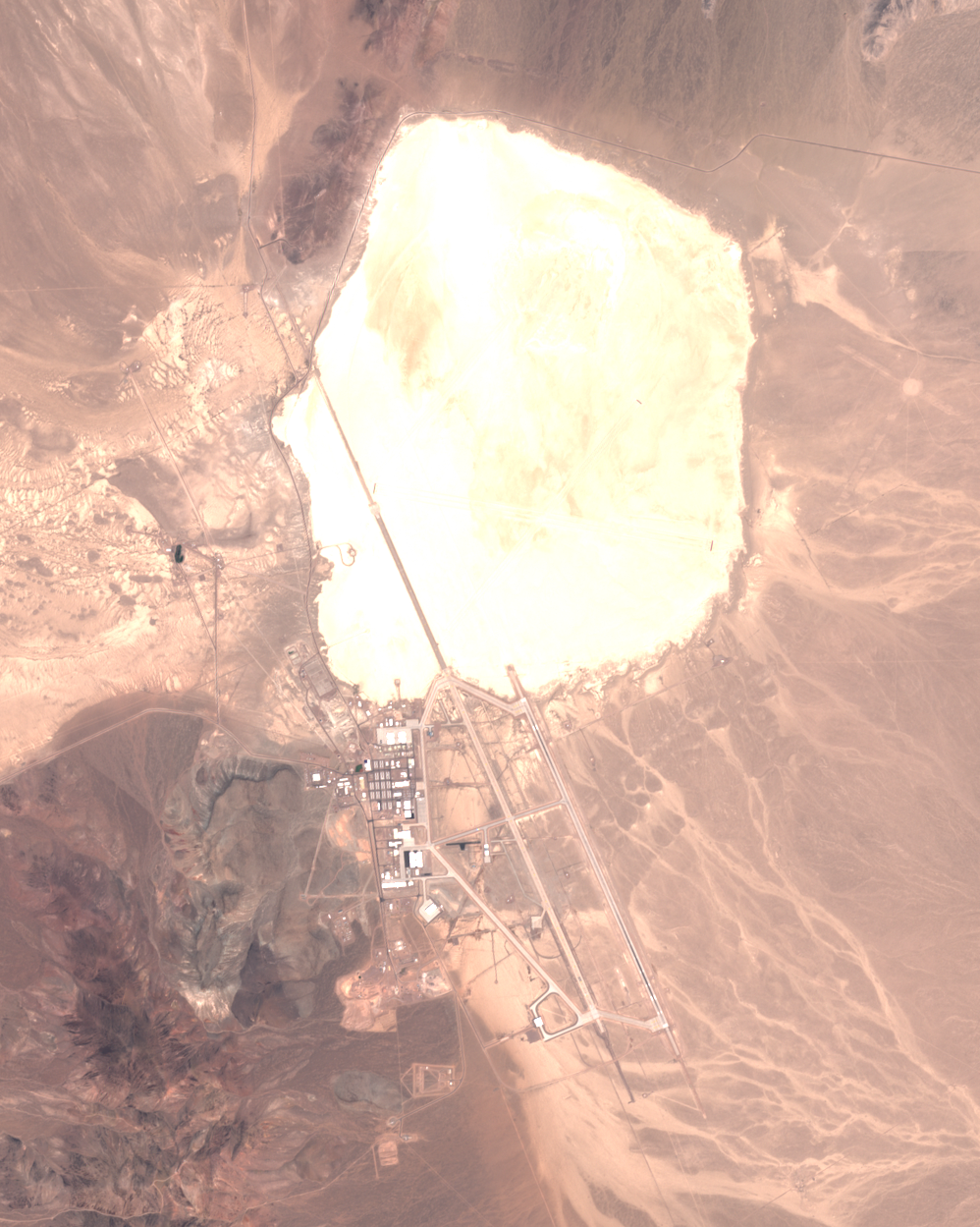
Introduction to Area 51
Area 51 has long been the subject of intrigue and speculation, capturing the imagination of conspiracy theorists, researchers, and the general public alike. Located in the remote Nevada desert, this highly classified U.S. military base has become synonymous with UFO sightings and extraterrestrial research in popular culture. Understanding the significance of Area 51 extends beyond mere conspiracies; it delves into the realms of national security, technological advancement, and the ever-persistent quest for truth.
The Origins and Establishment of Area 51
Originally established during the Cold War in the 1950s as a testing site for the U-2 reconnaissance aircraft, Area 51 gained official recognition when the U.S. government finally acknowledged its existence in 2013. The base has been instrumental in the development of various aircraft, including the SR-71 Blackbird and other top-secret military projects. This veil of secrecy surrounding Area 51 has fostered countless rumors and allegations about UFOs and alien encounters, particularly following high-profile incidents such as the Roswell crash of 1947.
UFO Theories and Popular Culture
The association of Area 51 with UFOs surged with the explosion of UFO culture in the 1980s and 1990s. Pop culture references, books, and documentaries have speculated that the base houses extraterrestrial technology and that the government is engaged in secretive research on alien life forms. Events such as the viral Facebook event ‘Storm Area 51’ in 2019, with nearly 3 million people expressing interest, showcased the public’s fascination with the site. While ultimately a humorous endeavor, it underscored the symbolic status Area 51 holds as a center for speculation regarding government transparency.
Recent Developments and Government Response
In recent years, the U.S. government has made concerted efforts to demystify Area 51, though the base remains shrouded in secrecy. Declassified documents have provided insights into its operations, yet significant information remains undisclosed. In 2020, the Pentagon established the Unidentified Aerial Phenomena (UAP) Task Force, further indicating that the government is taking public interest in unexplained aerial phenomena seriously, and indirectly linking this to the long-standing mystique of Area 51.
Conclusion: The Ongoing Quest for Truth
As Area 51 continues to capture the vision of UFO enthusiasts and conspiracy theorists, its importance in discussions about national security, technology, and public curiosity cannot be overstated. Whether the realities are as outlandish as the theories suggest or rooted in more mundane military testing, the dialogue surrounding Area 51 encourages a broader conversation about transparency and skepticism in government operations. As investigations into UAPs become commonplace, the future may see a shift in how Area 51 is perceived, from a mysterious desert stronghold to potentially revealing a new chapter in understanding our place in the universe.


